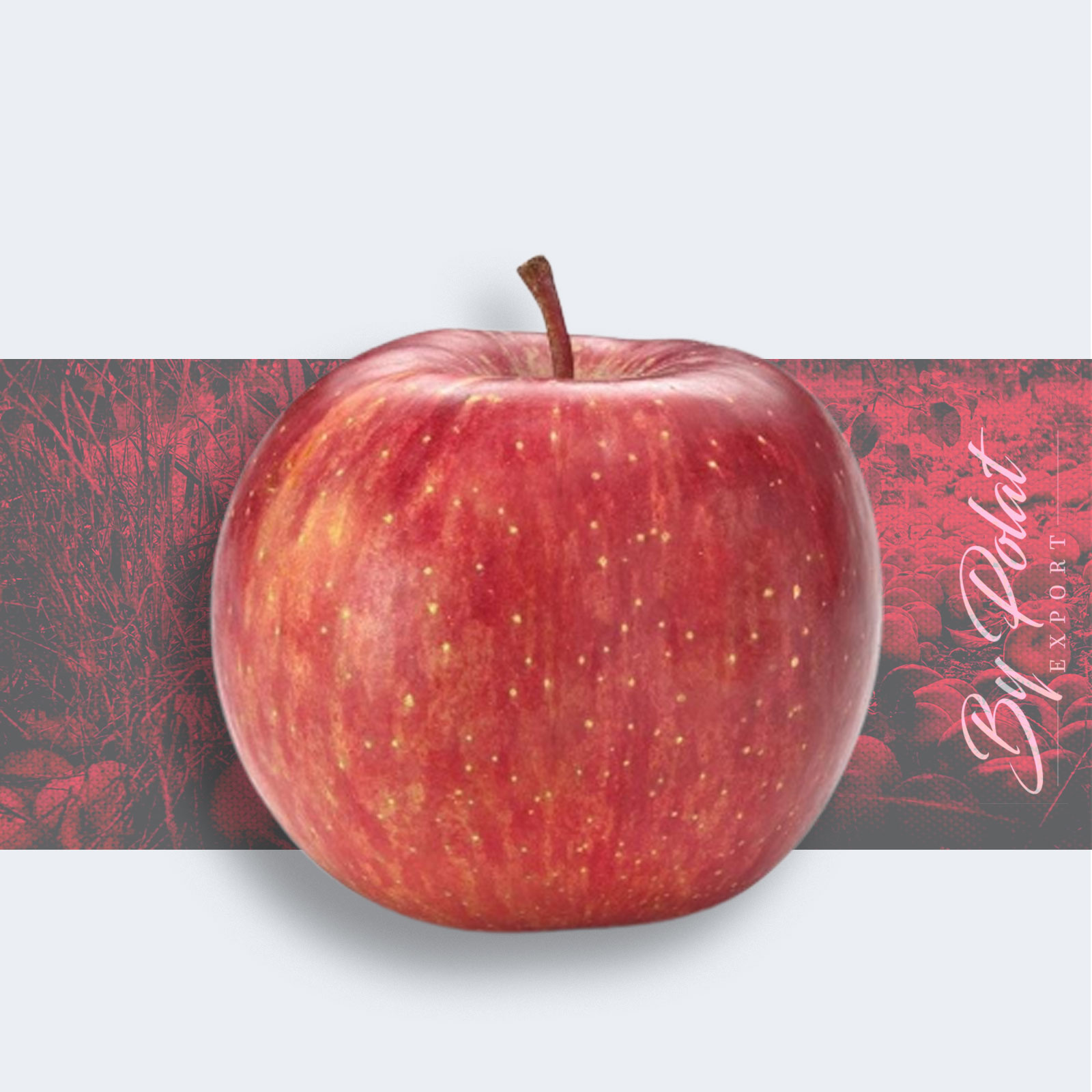


Fuji apples are moderately sized fruits, averaging 6 to 8 centimeters in diameter, and have a round to ovate shape with a slightly lopsided appearance. The semi-thick skin is smooth, waxy, and has a yellow-green base, covered in red-pink striping and blush. Fuji apples are known to display a wide range of skin color variation between fruits due to many sports being cultivated with varying shades. Underneath the surface, the flesh is dense, aqueous, crisp, fine-grained, and pale ivory to white, encasing a central core filled with small, black-brown seeds. Fuji apples are crunchy and low in acid, creating a mild and balanced, sweet-tart flavor with notes of honey and citrus.
Seasons/Availability
Fuji apples are available year-round, with a peak season in the late fall through winter.
Current Facts
Fuji apples, botanically classified as Malus domestica, are a late-ripening variety that belongs to the Rosaceae family. The Japanese created cultivar was bred from two American varieties and is considered to be one of the sweetest apples available in the global market. Fuji apples are also one of the most commercially cultivated varieties in China, the United States, and Japan in the modern-day. Fuji apples are named after their place of creation, Fujisaki, and were selected for their sweet flavor, crisp texture, dense flesh, and extended storage capabilities. Under the Fuji apple name, there are also multiple varieties found in Japan that have been created from different cultivation methods and are known as the sun-fuji and moon fuji. Sun-fuji apples are allowed to receive direct sunlight when growing to increase the sugar content in the flesh, while moon fuji apples are bagged and protected from the sun until they are ready to be picked.
Nutritional Value
Fuji apples are an excellent source of vitamin C, which is an antioxidant that can boost the immune system, increase collagen production, and protect the body against environmental damage. The fruits are also a good source of fiber, which can stimulate digestion and contain smaller amounts of vitamin A, iron, potassium, folate, and calcium.